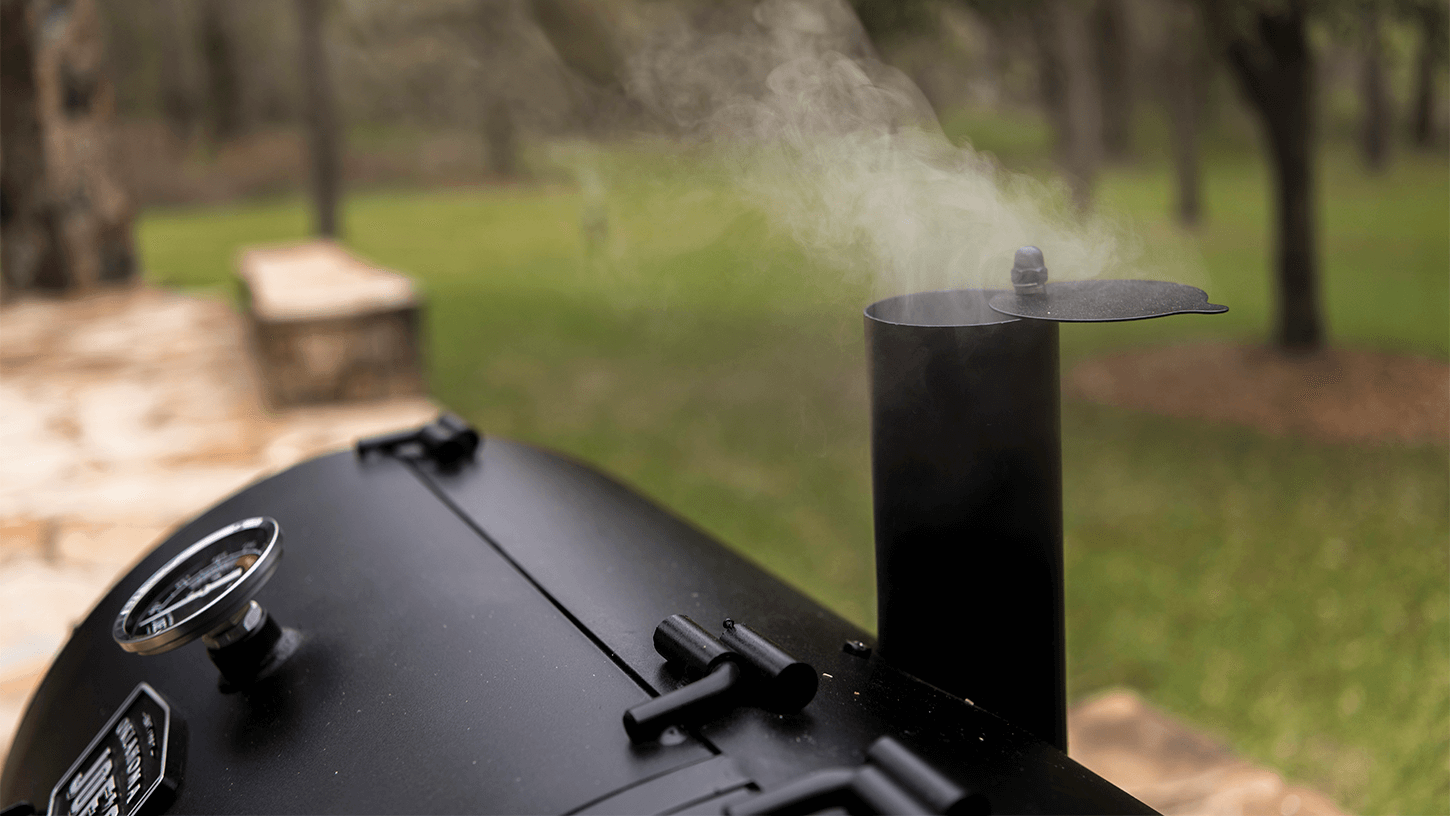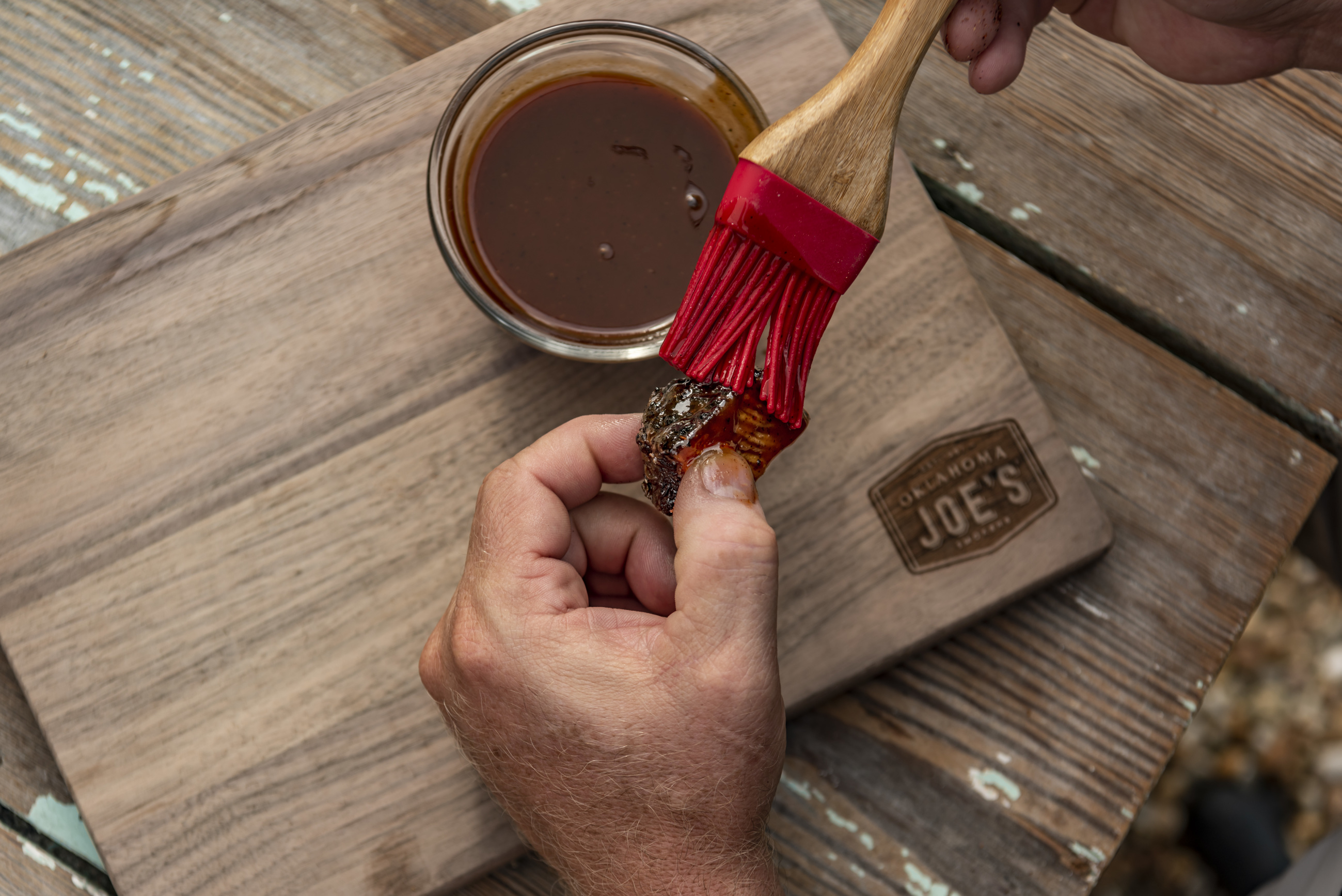How to Maintain Airflow During Cooking
Chicken is susceptible to off flavors from “bad smoke” so it is important to have a clean burning fire and much of that starts with air flow.
Instructions
List
Steps
Show Photos:
On
Off
Importance of Airflow
1.
In his Meat Smoking Manifesto, Aaron Franklin writes that airflow is the most important characteristic for a pit (48). The three elements of the fire triangle are heat, fuel, and oxygen. Once you have loaded your Oklahoma Joe’s® Smoker with coal and fired it up, the only part that you control in the equation is oxygen or airflow.
2.
Still smoke is stale smoke. When smoke is barely moving, the meat will cool the air around it. But the convective effect of a good airflow will make your food cook faster and more evenly because the air around your meats is continuously replaced by fresh, hot air. Also, good airflow through the smoker pulls fresh air in, maintaining the clean burning fire.
3.
Good airflow starts with building a good fire, according to World Champion Pitmaster, Tuffy Stone (18). Build your fire with your fire so that air can flow through it, allowing it to combust cleanly. When using wood splits, cross stack them. When adding wood or coal to a fire, add them strategically so the existing fire will continue to get air (i.e., don’t bury the red coals). Just remember, air gaps = airflow.
4.
So how should you set your intake and chimney dampers on your smoker? That isn’t an exact science and depends on a bundle of variables. There are no set in stone rules for controlling your dampers, Chef Adam Perry Lang tells us in Serious Barbecue, but that you will quickly learn the intricacies of your smoker and that is part of the fun (15).
5.
Practice controlling the airflow of your Oklahoma Joe’s® Smoker with this pulled chicken and then whip up some gameday appetizers for you and your friends.



